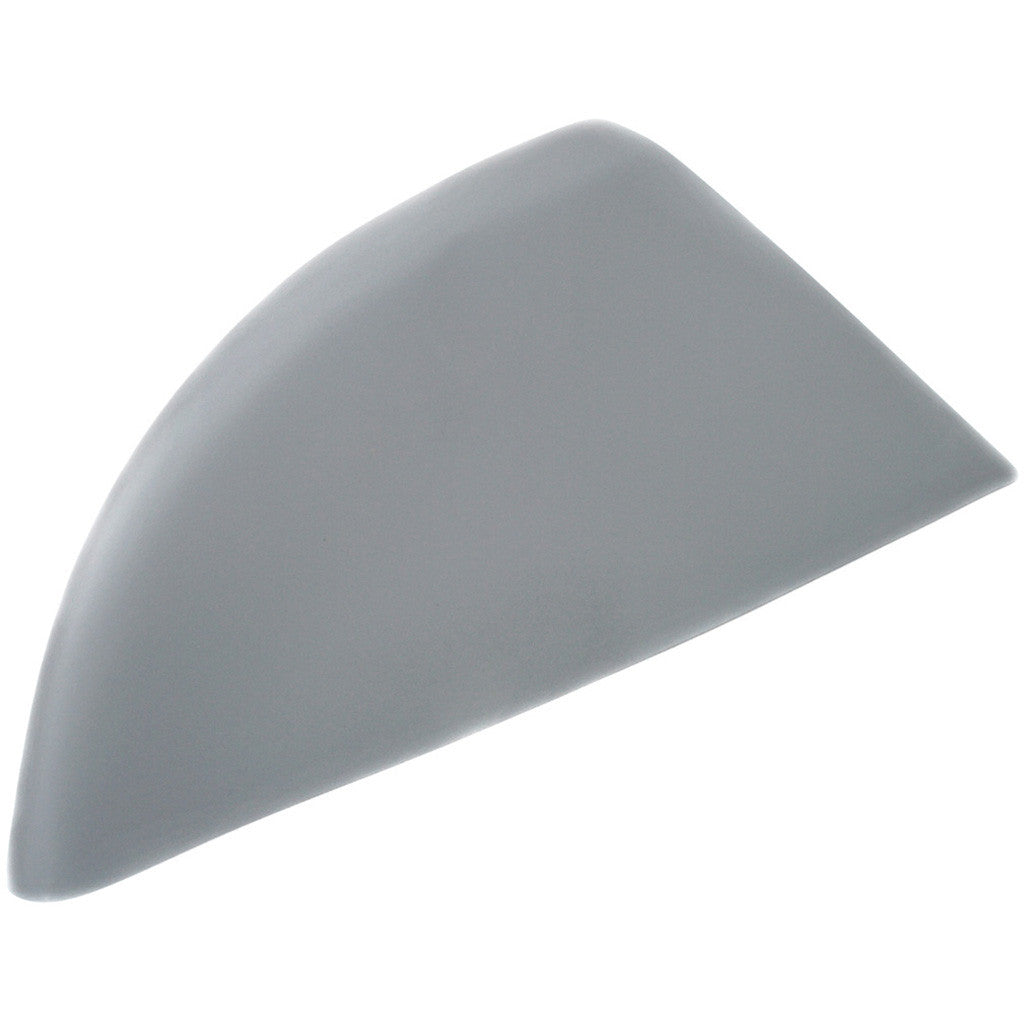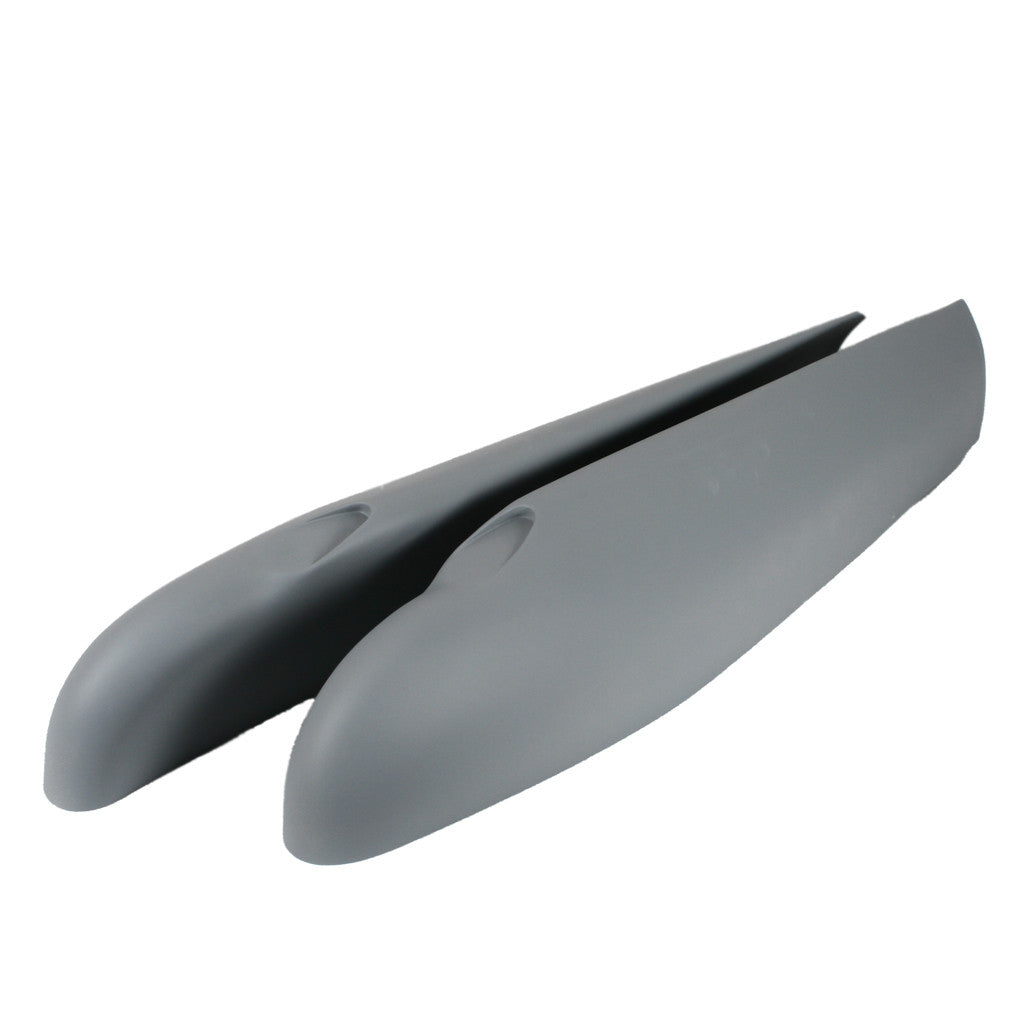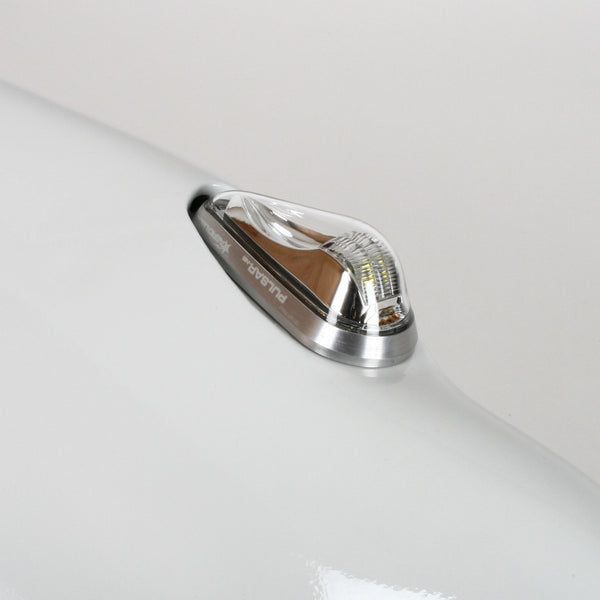James331
Ejection Handle Pulled
- Joined
- Apr 18, 2014
- Messages
- 20,309
- Display Name
Display name:
James331
Hey guys,
Got a question about the huge beacon on my 78' 185s tail, I hate the thing.
So I found this

Tail fin with no beacon
http://www.steneaviation.com/products/sa-0742025-1

LED position lights with strobes
http://www.aircraftspruce.com/pages/el/ledlighting_zaeroleds/aeroledspulsar1.php

Wingtips for said lights.
http://www.steneaviation.com/products/sa-0723200-56led
This would remove the beacon from my tail, said wiring and switch, the old school strobes and incandescent bulbs from my wingtips and the huge power boxes for said old school strobes, more aero dynamic, better light quality, less weight and less complex.
So the question is, if I install this stuff can I legally ditch the flashing red beacon and said wiring from the top of my tail?
Got a question about the huge beacon on my 78' 185s tail, I hate the thing.
So I found this

Tail fin with no beacon
http://www.steneaviation.com/products/sa-0742025-1

LED position lights with strobes
http://www.aircraftspruce.com/pages/el/ledlighting_zaeroleds/aeroledspulsar1.php

Wingtips for said lights.
http://www.steneaviation.com/products/sa-0723200-56led
This would remove the beacon from my tail, said wiring and switch, the old school strobes and incandescent bulbs from my wingtips and the huge power boxes for said old school strobes, more aero dynamic, better light quality, less weight and less complex.
So the question is, if I install this stuff can I legally ditch the flashing red beacon and said wiring from the top of my tail?



